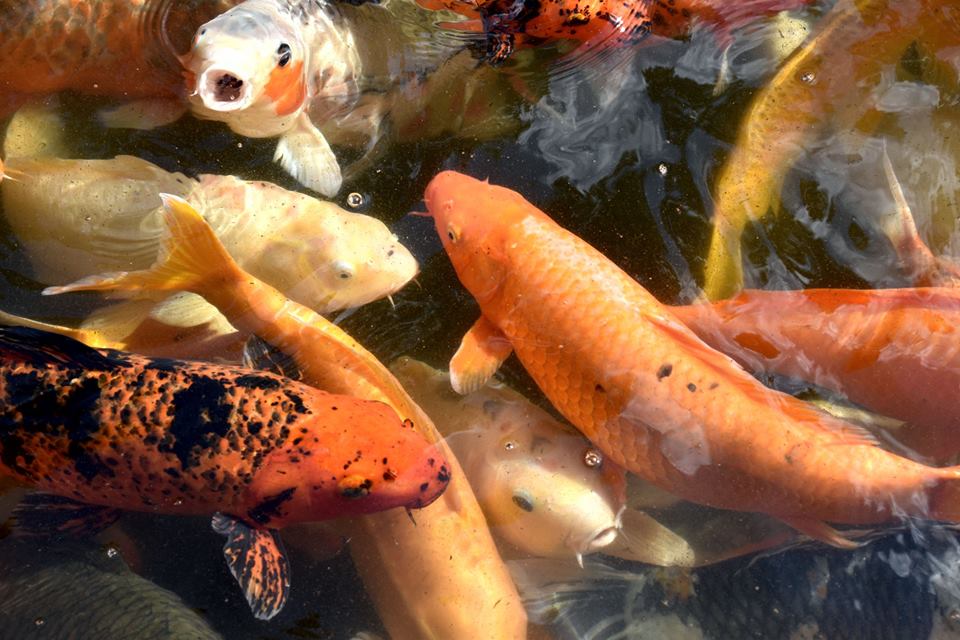Hamster Husbandry and Diet
All hamsters need secure cages that are made from sturdy materials. A hamster can chew a hole through a plastic shoebox within about 30 minutes so make sure that the container you use to hold the hamster during cage cleaning is equally secure. There are many commercially available hamster cages that have plastic tunnels and attachments that allow you to build very extensive habitats. Always be sure to properly latch any doors or lids as hamsters are notorious for finding these openings and escaping into houses. It can be very difficult to locate escaped hamsters.




 Koi are extremely popular pets due to the growing number of people who enjoy backyard ponds. While generally quite hardy with appropriate care, koi still come down with a variety of conditions that may be helped by working with a veterinarian.
Koi are extremely popular pets due to the growing number of people who enjoy backyard ponds. While generally quite hardy with appropriate care, koi still come down with a variety of conditions that may be helped by working with a veterinarian.